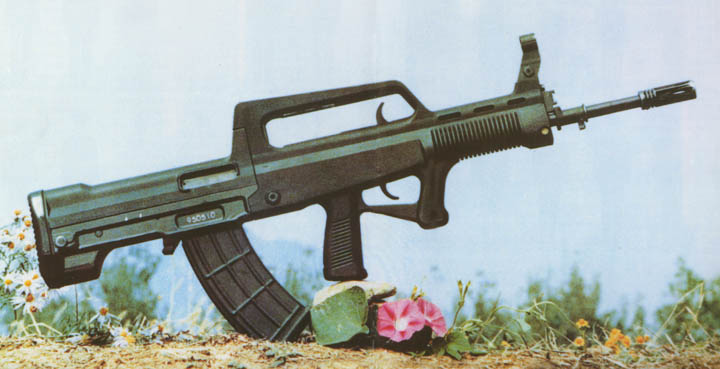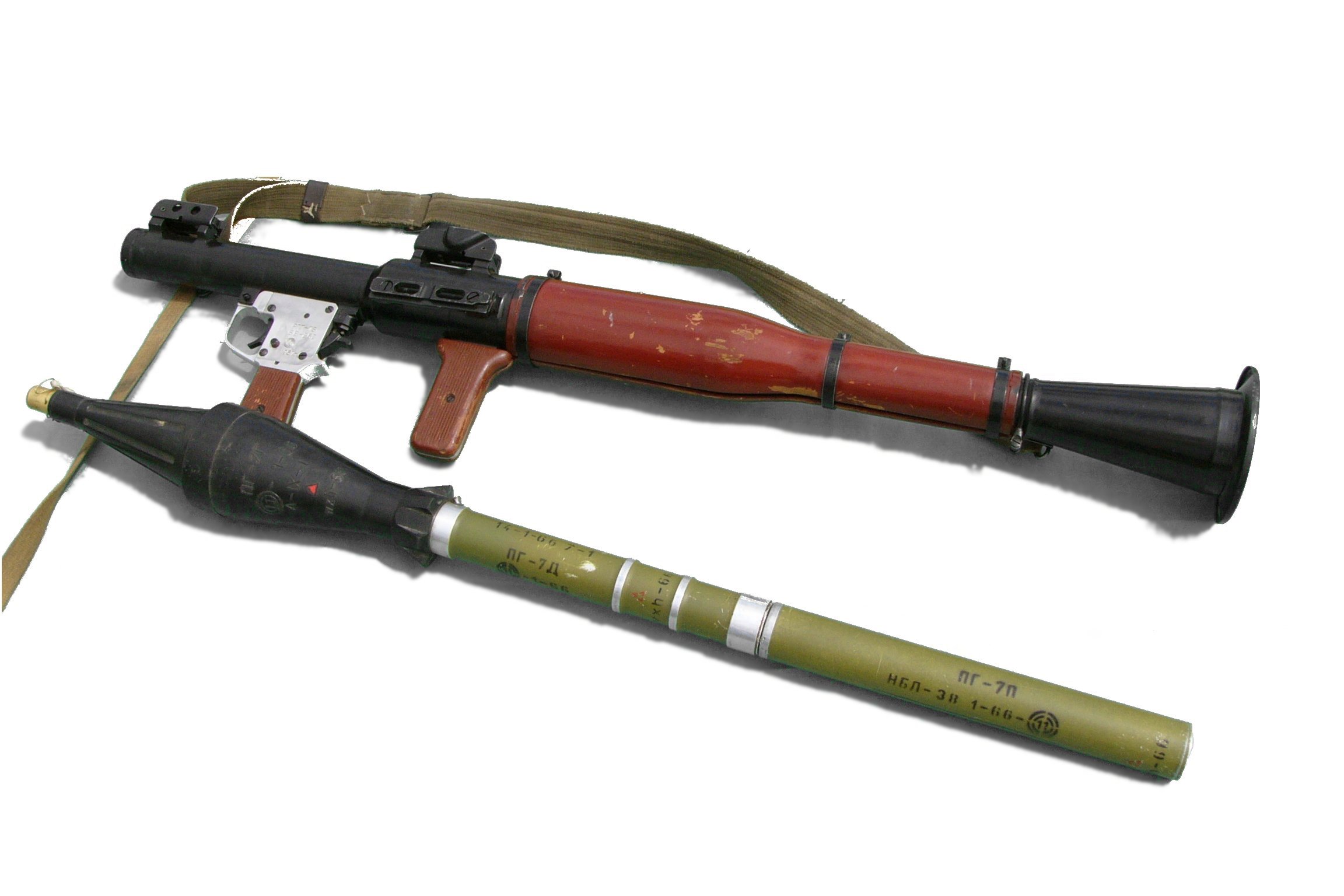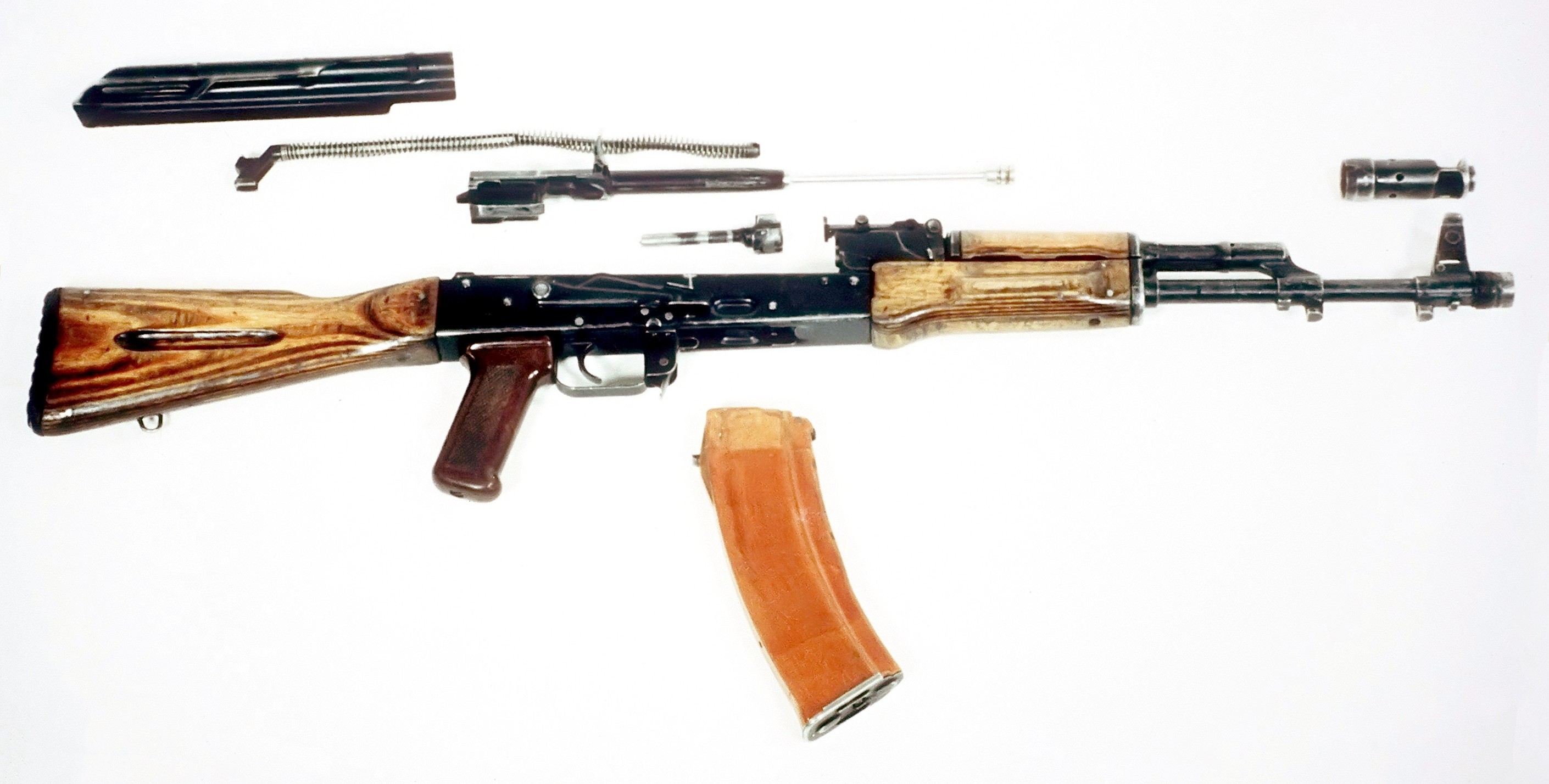|
Kyrgyz Army
The Kyrgyz Ground Forces, also commonly known as the Kyrgyz Army is the infantry branch of the Armed Forces of the Republic of Kyrgyzstan. History In April 1992, Kyrgyzstan formed a State Committee for Defense Affairs, and in June the republic took control of all troops on its soil (meaning remaining units of the stationed in Kyrgyzstan). In 1994, 30 percent of the officer corps were ethnic Russians. The first commander was General Valentin Luk'yanov, an ethnic Ukrainian. On January 25, 2017, President Almazbek Atambayev officially founded the Kyrgyz Army, with Colonel Erlis Terdikbayev acting as its first commander. Structure Ground forces are divided into 2 military commands, the Northern and Southern Groups of Forces. Northern Group of Forces * 8th Guards Motor Rifle ''Panfilov'' Division (Tokmok) * 2nd Guards Motor Rifle ''Frunze'' Brigade (Koy-Tash) * Independent Tank Regiment * Machine Gun Battalions (Karakol) * Artillery Battalions (Naryn) * Engineering Battalion * Sig ... [...More Info...] [...Related Items...] OR: [Wikipedia] [Google] [Baidu] |
Armed Forces Of The Kyrgyz Republic
The Armed Forces of the Kyrgyz Republic (; Kyrǵyz Respublikasynyn Kuralduu Küctörü) is the national military of Kyrgyzstan. It was originally formed from the former Soviet forces of the Turkestan Military District stationed in newly independent Kyrgyzstan. It consists of the Ground Forces, the Air Force and the National Guard. Affiliated security forces to the armed forces included the Internal Troops, the State Committee for National Security and the Border Troops. History Early years The Armed Forces were formed on 29 May 1992 when President of the Kyrgyz SSR Askar Akayev signed a decree which effectively consolidated all the formations and units of the Soviet Army deployed in the territory of the new republic under the jurisdiction of Bishkek and not Moscow. Until 1988, these troops were part of the Central Asian Military District. 29 May is today celebrated as the Day of the Armed Forces. In 1993, the State Defense Committee was renamed to the Ministry of Defense o ... [...More Info...] [...Related Items...] OR: [Wikipedia] [Google] [Baidu] |
Scorpion 25th Special Forces Brigade
The Scorpion 25th Special Forces Brigade () or known simply as Scorpion Spetsnaz (''Спецназ Скорпион'') is a specialized Kyrgyz military unit in the country's Kyrgyz Army, Ground Forces. It is now considered to be one of the best armed formations in the armed forces. Being special forces troops, they specialize in airborne combat, hand-to-hand combat, covert operations, as well as insurgent skills. History The brigade was founded on March 31, 1994, as the 525th Special Purpose company by order of the Ministry of Defense (Kyrgyzstan), Minister of Defense Myrzakan Subanov. Many officers in the company received combat experience in Tajikistan and Democratic Republic of Afghanistan. In 1995, a detachment of the company underwent monthly training sessions with the United States Army Rangers at Fort Polk, Louisiana. The company was eventually expanded into a battalion, and later into a brigade with its current name. Between 1999–2000, the brigade participated in ... [...More Info...] [...Related Items...] OR: [Wikipedia] [Google] [Baidu] |
QBZ-95
The Type 95 automatic rifle () or QBZ-95 is a bullpup assault rifle designed and manufactured by Norinco, and issued since 1995 as the service rifle for the People's Liberation Army, People's Armed Police and various paramilitary law enforcement agencies in the People's Republic of China. The rifle's designation "QBZ" stands for "'light weapon' (''Qīng Wŭqì'')—'rifle' (''Bùqiāng'')—'automatic' (''Zìdòng'')", in keeping with the coding standards of the Chinese defense industry. The QBZ-95 is the flagship of the Type 95 gun family (95式枪族), a family of firearms sharing a common receiver design, which includes a standard rifle, a carbine and light support weapon variants. It fires the 5.8×42mm DBP87, an indigenous intermediate cartridge. An export version chambered for 5.56×45mm NATO, the QBZ-97, is available for sale in Canada and various countries in Southeast Asia, South Asia and East Africa. Development The Chinese military started to develop small-cali ... [...More Info...] [...Related Items...] OR: [Wikipedia] [Google] [Baidu] |
Rocket-propelled Grenade
A rocket-propelled grenade (RPG) is a shoulder-fired missile weapon that launches rockets equipped with an explosive warhead. Most RPGs can be carried by an individual soldier, and are frequently used as anti-tank weapons. These warheads are affixed to a rocket motor which propels the RPG towards the target and they are stabilized in flight with fins. Some types of RPG are reloadable with new rocket-propelled grenades, while others are single-use. RPGs are generally loaded from the front. RPGs with high-explosive anti-tank (HEAT) warheads are very effective against lightly armored vehicles such as armored personnel carriers (APCs) and armored cars. However, modern, heavily-armored vehicles, such as upgraded APCs and main battle tanks, are generally too well-protected (with thick composite or reactive armor) to be penetrated by an RPG, unless less armored sections of the vehicle are exploited. Various warheads are also capable of causing secondary damage to vulnerable systems ... [...More Info...] [...Related Items...] OR: [Wikipedia] [Google] [Baidu] |
M72 LAW
The M72 LAW (light anti-tank weapon, also referred to as the light anti-armor weapon or LAW as well as LAWS: light anti-armor weapons system) is a portable one-shot unguided anti-tank weapon. The solid rocket propulsion unit was developed in the newly-formed Rohm and Haas research laboratory at Redstone Arsenal in 1959, and the full system was designed by Paul V. Choate, Charles B. Weeks, Frank A. Spinale, et al. at the Hesse-Eastern Division of Norris Thermadore. American production of the weapon began by Hesse-Eastern in 1963, and was terminated by 1983; currently it is produced by Nammo Raufoss AS in Norway and their subsidiary, Nammo Talley, Inc. in Arizona. In early 1963, the M72 LAW was adopted by the U.S. Army and U.S. Marine Corps as their primary individual infantry anti-tank weapon, replacing the M31 HEAT rifle grenade and the M20A1 "super bazooka" in the U.S. Army. It was subsequently adopted by the U.S. Air Force to serve in an anti-emplacement and anti-armor rol ... [...More Info...] [...Related Items...] OR: [Wikipedia] [Google] [Baidu] |
MKE JNG-90
MKE JNG-90 is a bolt-action sniper rifle that fires the 7.62×51mm NATO round used by the Turkish military. Development of the weapon first started back in 2004 to 2008. Its nickname is ''Bora'' and it is currently being offered for export. Design The JNG-90 was designed with the collaboration of Turkish Gendarmerie and Mechanical and Chemical Industry Corporation The Mechanical and Chemical Industry Corporation ( tr, Makina ve Kimya Endüstrisi or MKE for short), established in 1950, is a reorganization of government-controlled group of factories in Turkey that supplied the Turkish Armed Forces with mili ... (MKEK). Designed by Capt. (Rtd.) Mustafa Dolar and Sgt. Mjr. Necmi Güngör, rifle is accurate in terms of shooting 0.3 MOA groups at up to 100 meters range according to MKEK tests. Picatinny rails are provided on the forend and on the upper receiver. The rifle also has an adjustable buttstock. Users *: Purchased unknown number of JNG-90s. *: In use by the Turkish A ... [...More Info...] [...Related Items...] OR: [Wikipedia] [Google] [Baidu] |
M4 Carbine
The M4 carbine (officially Carbine, Caliber 5.56 mm, M4) is a 5.56×45mm NATO, gas-operated, magazine-fed carbine developed in the United States during the 1980s. It is a shortened version of the M16A2 assault rifle. The M4 is extensively used by the United States Armed Forces, with decisions to largely replace the M16 rifle in United States Army (starting 2010) and United States Marine Corps (USMC) (starting 2016) combat units as the primary infantry weapon and service rifle. The M4 has been adopted by over 60 countries worldwide, and has been described as "one of the defining firearms of the 21st century". Since its adoption in 1994, the M4 has undergone over 90 modifications to improve the weapon's ergonomics and modularity, including: the M4A1, which strengthened the barrel and removed the burst-fire option; the SOPMOD, an accessory kit containing optical attachments; and the underbarrel M203 grenade launcher. In April 2022, the U.S. Army selected the SIG MCX SPEAR ... [...More Info...] [...Related Items...] OR: [Wikipedia] [Google] [Baidu] |
SVD (rifle)
The SVD (russian: Сна́йперская Винто́вка систе́мы Драгуно́ва образца́ 1963 года, lit=Sniper Rifle, System of Dragunov, Model of the Year 1963, translit=Snáyperskaya Vintóvka sistém'y Dragunóva obraz'tsá 1963 goda), GRAU index 6V1, is a semi-automatic marksman rifle chambered in the fully-powered 7.62×54mmR cartridge, developed in the Soviet Union. The SVD was designed to serve a squad support role to provide precise long-range engagement capabilities to ordinary troops following the Warsaw Pact adoption of the 7.62×39mm intermediate cartridge and assault rifles as standard infantry weapon systems. At the time, NATO used battle rifles chambered in 7.62×51mm NATO as standard infantry weapon systems and had not yet adopted an intermediate cartridge and assault rifle of their own, allowing them to outrange their Warsaw Pact counterparts. It was developed through 1958–1963 and selected as the winner of a contest that in ... [...More Info...] [...Related Items...] OR: [Wikipedia] [Google] [Baidu] |
AK-74
The AK-74 (Russian: , tr. ''Avtomat Kalashnikova obraztsa 1974 goda'', lit. 'Kalashnikov assault rifle model 1974) is an assault rifle designed by small arms designer Mikhail Kalashnikov in 1974. While primarily associated with the Soviet Union, it has been used by multiple states throughout the 20th century and onwards. It is chambered for the 5.45×39mm cartridge, which replaced the 7.62×39mm cartridge of Kalashnikov's earlier automatic weapons for the Soviet armed forces. The rifle first saw service with Soviet forces in the Afghanistan conflict from 1979 onwards. The head of the Afghan bureau of the Inter-Services Intelligence (ISI), the intelligence agency of Pakistan, claimed that America's Central Intelligence Agency (CIA) paid $5,000 for the first AK-74 captured by the Afghan mujahideen during the Afghan-Soviet War. , most countries of the former Soviet Union use the rifle. Licensed copies were produced in Bulgaria (AK-74, AKS-74 and AKS-74U), and in the former ... [...More Info...] [...Related Items...] OR: [Wikipedia] [Google] [Baidu] |
9×18mm Makarov
The 9×18mm Makarov (designated 9mm Makarov by the C.I.P. and often called 9×18mm PM) is a Soviet pistol and submachine gun cartridge. During the latter half of the 20th century it was a standard military pistol cartridge of the Soviet Union and the Eastern Bloc, analogous to the 9×19mm Parabellum in NATO and Western Bloc military use. History During the Second World War and the early Cold War, the 7.62×25mm Tokarev was the standard automatic pistol round for the Soviet Union and its satellites in Eastern Europe. This ammunition is still in use by many of these countries today. During the war, the Red Army had found a few shortcomings in its 7.62 mm TT-33 pistol, one of which was a tendency to inadvertently drop its magazine while in operation. The army wanted something that was lighter, with a heel release instead of a button and different ammunition. A direct blowback design was chosen for the pistol's operation, since it would be quick and cheap to manufacture, as well a ... [...More Info...] [...Related Items...] OR: [Wikipedia] [Google] [Baidu] |
Makarov Pistol
The Makarov pistol or PM ( rus, Пистоле́т Мака́рова, r=Pistolét Makárova, p=pʲɪstɐˈlʲet mɐˈkarəvə, t=Makarov's Pistol) is a Soviet semi-automatic pistol. Under the project leadership of Nikolay Fyodorovich Makarov, it became the Soviet Union's standard military and Militsiya side arm in 1951. Development Shortly after the Second World War, the Soviet Union reactivated its plans to replace the TT pistols and Nagant M1895 revolvers. The adoption of the future AK assault rifle relegated the pistol to a light, handy self-defense weapon. The TT was unsuited for such a role, as it was heavy and bulky. Also, the Tokarev pistols omitted a safety and magazines were deemed too easy to lose. As a result, in December 1945, two separate contests for a new service pistol were created, respectively for a 7.62mm and 9mm pistol. It was later judged that the new 9.2×18mm cartridge, designed by B. V. Semin, was the best round suited for the intended role. The lower p ... [...More Info...] [...Related Items...] OR: [Wikipedia] [Google] [Baidu] |
Kök-Janggak
Kök-Janggak ( ky, Көк-жаңгак, meaning "green walnut" in Kyrgyz and Uzbek, russian: Кок-Янгак ''Kok-Yangak'') is a city in Jalal-Abad Region in western Kyrgyzstan, located at a distance of about 29 km from the regional centre city Jalal-Abad. Its population was 12,117 in 2021. It is a city of regional significance within the Suzak District. History Kök-Janggak originated as a coal-mining settlement in 1910. The upper strata of coal of the Kok-Yangak coal deposit were mined on a small scale until the October Revolution. During the Civil War in Russia the mine was destroyed by basmachi and extraction was suspended. During the first five-year plan new drift mines were developed and an access railroad from Jalal-Abad Jalal-Abad (also spelled Dzhalal-Abad, Djalal-Abat, Jalalabat; ky, Жалал-Aбат, ''Calal-Abat/Jalal-Abat'', جالال-ابات, ) is the administrative and economic centre of Jalal-Abad Region in southwestern Kyrgyzstan. Its area is , and ... [...More Info...] [...Related Items...] OR: [Wikipedia] [Google] [Baidu] |








